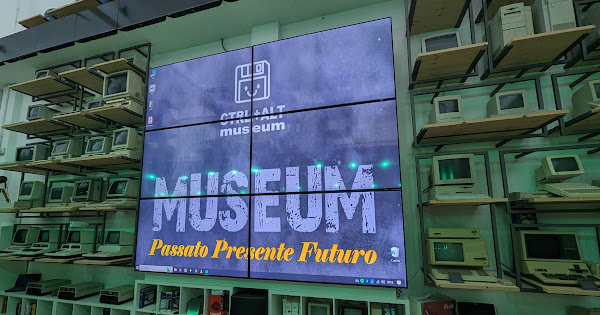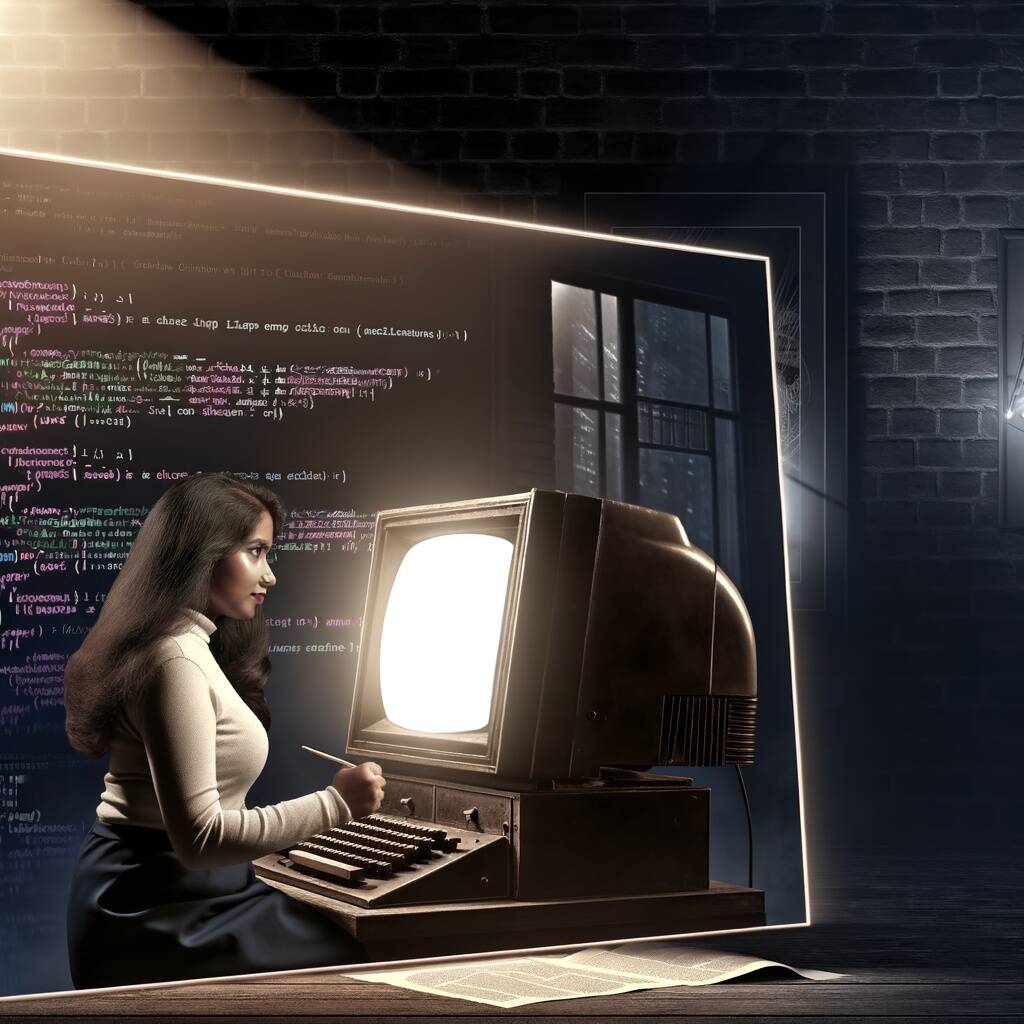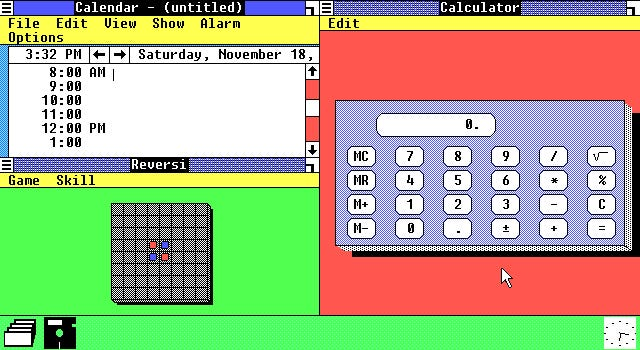Paolo Amoroso
Astronomy, space, Android & Google, retrocomputing, Lisp, Python, coding.
- blog (Fediverse:
@paolo@journal.paoloamoroso.com) - personal site
- GitHub
@amoroso@fosstodon.org
- 14 Posts
- 23 Comments
Yes, possibly.
That’s likely, but I wonder whether any other office workstations were actually developed.
Because it’s the most effective and powerful tool for putting the Unix philosophy into practice.

 2·1 year ago
2·1 year agoYou’re welcome, enjoy.

 2·1 year ago
2·1 year agoThere are plates with labels and information but they’re small, easy to miss, and not for all items. But the venue is still relatively young and more work is underway.

 2·1 year ago
2·1 year agoWhat’s even more remarkable is 95% of the items on display still work. And they have lots more in storage.
They are car enthusiasts too, so that’s why there are some such vehicles. The bulk of the material comes from the personal collection of one of the founders of the group.

 1·1 year ago
1·1 year agoVokoscreenNG is a screencasting tool that works with Raspberry Pi OS, I tested it on my Pi 400. And it’s also easy to install, just
sudo apt install vokoscreen-ng gstreamer1.0-pipewire.I’ve updated the post.

 391·1 year ago
391·1 year agoLisp, the language that has them all.

 4·1 year ago
4·1 year agoLooks nice indeed, thanks.

 41·1 year ago
41·1 year agoInteresting suggestion but possibly overkill.

 3·1 year ago
3·1 year agoAlthough I did see some punch cards I never used them. At the time I couldn’t afford a computer with punch cards and was too young and inexperienced to work for an organization that had such machines.

 6·1 year ago
6·1 year agoOld fartBoomer here, my first computer was a Sinclair ZX Spectrum.

 10·1 year ago
10·1 year agoReading computer magazines and books, and eagerly anticipating getting my hands on such material. Today’s kids born in an online era of infinite content just can’t imagine how difficult it was back them to get technical publications and information, printed or otherwise.
Zutty, the Zero-cost Unicode Teletype which the developer describes as “A high-end terminal for low-end systems”.

 2·1 year ago
2·1 year agoYou’re welcome.

 2·1 year ago
2·1 year agoMy first was Slackware.

 1·1 year ago
1·1 year agoAt the time I used Slackware and Red Hat which definitely required tweaking at least
xorg.confand more.
Such a feature was relatively common on desktop and workstation hypermedia systems.
Thanks for the feedback, I edited the submission to move the link to the description.









An interesting view. But the PET was definitely lower specced than the later 16/32-bit machines usually regarded as workstations.